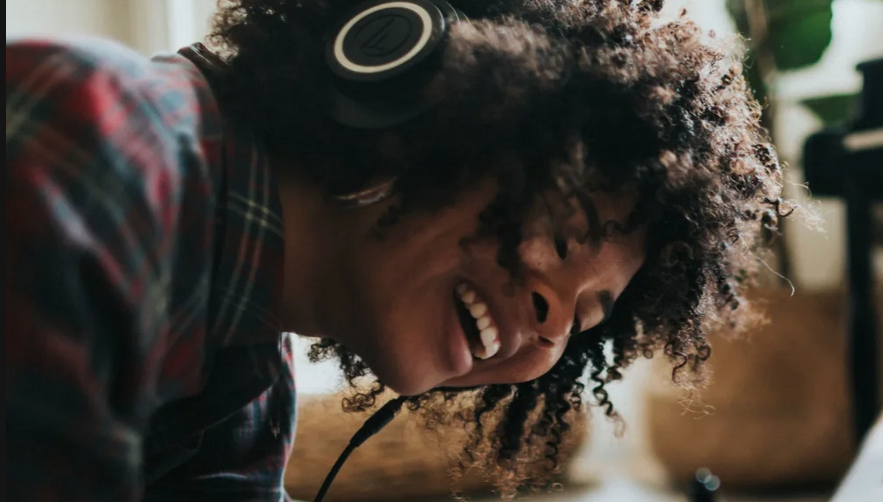How to Check if a Song is Copyrighted: A Complete Guide

Strong 8k brings an ultra-HD IPTV experience to your living room and your pocket.
In the digital age, music is more accessible than ever, with millions of songs available at our fingertips. Whether you’re a content creator, business owner, or music enthusiast, understanding copyright laws is essential to avoid legal troubles. Using copyrighted songs without proper permissions can lead to fines, takedown notices, or worse. So, how to check if a song is copyrighted? This guide will walk you through the process step-by-step.
Understanding Copyright in Music
Copyright is a legal protection granted to creators of original works, including songs, movies, books, and art. For music, this covers the lyrics, melody, arrangement, and recordings. When a song is copyrighted, it means the creator owns exclusive rights to its usage, distribution, reproduction, and performance.
Key facts about music copyright:
Automatic protection: A song is copyrighted the moment it is created and recorded in a tangible form. Registration isn’t necessary, but it strengthens legal protection.
Duration: Copyright typically lasts the lifetime of the creator plus 70 years in many jurisdictions.
Public domain: Songs not protected by copyright (e.g., very old songs or works explicitly released into the public domain) can be used freely.
Step-by-Step Guide to Check if a Song is Copyrighted
1. Search the Copyright Office Database
In the United States, you can search the U S Copyright Office database to see if a song is registered. Other countries have similar databases, such as PRS for Music in the UK or SOCAN in Canada.
Steps:
Visit the copyright office’s website.
Use the search feature to look up the song by title, artist, or registration number.
Review the results to confirm whether the song is copyrighted.
2. Check Performing Rights Organizations (PROs)
Performing Rights Organizations (PROs) manage licensing for music and pay royalties to artists. They maintain databases of copyrighted songs. Major PROs include:
ASCAP (American Society of Composers, Authors, and Publishers)
BMI (Broadcast Music, Inc.)
SESAC (Society of European Stage Authors and Composers)
Visit their websites and search for the song title or artist to verify if the song is copyrighted.
3. Use YouTube’s Copyright Tools
YouTube has a Copyright Match Tool and Music Policies Directory that help creators understand copyright rules. By uploading a video with a song, YouTube’s Content ID system can detect copyrighted material and inform you of restrictions or monetization rules.
Steps to use Content ID:
Upload your video privately to YouTube.
Check for copyright claims under the “Content” section in YouTube Studio.
If a claim exists, it means the song is copyrighted, and you may need permission or a license.
4. Check Licensing Platforms
Platforms like Soundstripe, Artlist, and Epidemic Sound offer royalty-free music for licensing. They also provide information about copyright status. Searching for a song on these platforms can confirm whether it’s part of a royalty-free collection or copyrighted.
5. Look for Public Domain or Creative Commons Songs
Not all songs are copyrighted. Some creators release their music under public domain or Creative Commons licenses. Websites like Free Music Archive, Jamendo, and ccMixter list such songs.
Public Domain: No copyright exists; use is unrestricted.
Creative Commons: Some usage rights are granted, often with conditions like attribution.
6. Contact the Artist or Label
If you’re unable to confirm the copyright status through databases or tools, contact the artist or their record label directly. Most artists or labels are open to licensing agreements, provided you explain how you intend to use their music.
7. Use Metadata Tools
Some songs include metadata with copyright details embedded in the file. Tools like Mp3Tag or Kid3 allow you to view metadata and determine ownership information.
Tips for Avoiding Copyright Issues
Always Assume Copyright Applies
If you’re unsure about a song’s copyright status, err on the side of caution and treat it as copyrighted.
Obtain Proper Licenses
If you want to use copyrighted music, obtain the appropriate license. Common licenses include:
Sync License: For using music in videos or films.
Mechanical License: For reproducing or distributing music.
Use Royalty-Free Music
Royalty-free music is a safe option for content creators. Once purchased, you can use it without ongoing fees.
Credit the Artist
Even with permission or a license, giving credit to the artist is a good practice and often a requirement under Creative Commons licenses.
What Happens If You Use Copyrighted Songs Without Permission?
Using copyrighted songs without permission can lead to:
Takedown Notices: Platforms like YouTube may remove your content.
Monetization Restrictions: Earnings may go to the copyright owner.
Legal Action: In extreme cases, copyright owners can sue for damages.
Final Thoughts
Understanding and respecting music copyright is crucial, especially in today’s content-driven world. By using the steps outlined above, you can verify a song’s copyright status and ensure legal and ethical usage. When in doubt, consult a copyright expert or attorney to avoid potential pitfalls.
By being diligent, you can enjoy the creative freedom to enhance your projects while respecting the rights of music creators.
Note: IndiBlogHub features both user-submitted and editorial content. We do not verify third-party contributions. Read our Disclaimer and Privacy Policyfor details.


